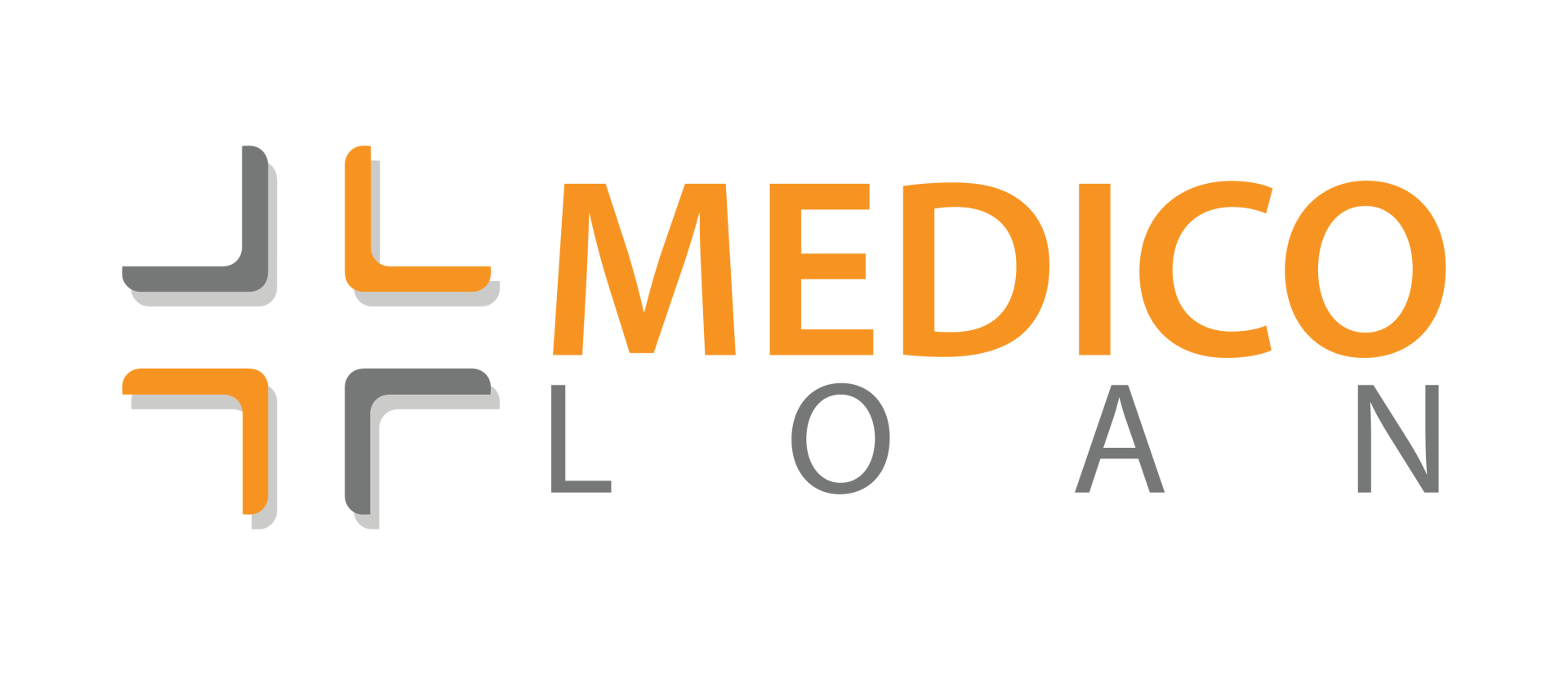How Is My Income Assessed If I’m Self-Employed or Working Through a Medical Practice or Company? A Medico Loan Guide
What Banks Look For When Evaluating Income from Private Practice, Contracting, or Medical Companies

For many doctors, income doesn’t always come in the form of a simple salary. Whether you’re a contractor, running your own private practice, invoicing through a company, or operating as a sole trader, your earnings can fluctuate.
This creates a common question when applying for medico loans:
How exactly do lenders assess my income?
The good news? Lenders understand that medical professionals often have complex financial structures. In fact, many banks have specialised medico lending policies designed specifically for doctors. Here’s a clear breakdown of how income is usually assessed depending on your structure.
1. If You’re Self-Employed (Sole Trader)
As a self-employed doctor, you’re treated as a business in the eyes of a lender. Your income is assessed based on your business performance, not just the invoices you raise.
What lenders usually look at:
- Two years of tax returns (personal + business)
- Two years of Notices of Assessment (NOA)
- Business financial statements (profit and loss, balance sheet)
- Year-to-date financials if the most recent tax return is outdated
How income is calculated:
Most lenders take either:
- The average of the last two years, or
- The lower of the two years if your income fluctuates significantly.
Good news for doctors:
Some banks offer medico policy concessions, including:
Accepting one year of financials instead of two
Using actual current income if your practice is growing
Allowing add-backs like depreciation, interest, or once-off expenses
2. If You Work Through a Medical Company or Service Trust
Many doctors trade through:
- A Pty Ltd company
- A family trust
- A service trust
- A medical group entity
In these cases, lenders focus on both your entity’s financial health and what you draw as income.
What lenders assess:
- Company or trust tax returns (2 years)
- Director’s salary/dividends/distributions
- Full financial statements
- Loan/lease commitments within the entity
- Income considered may include:
- Wages or salary paid to you
- Dividends you receive
- Trust distributions
- Net profit of the entity (or your proportion of it)
- Add-backs for non-cash or non-recurring expenses
Doctors often operate lean businesses with strong profitability, which lenders recognise—and many banks will include retained profits when calculating borrowing capacity.
3. If You Are a Contractor (e.g., working under ABN at multiple clinics)
Many GPs, specialists, and locums work under a contracting arrangement where clinics pay them a percentage of billings.
Lenders will typically request:
- 12 months of ABN income history
- BAS statements
- Bank statements showing deposits
- Medicare statements (in some cases)
- How income is assessed:
Most lenders take:
- Your gross billings minus clinic service fees, OR
- Your net taxable income plus allowable add-backs
Again, medico-friendly lenders may accept less documentation, especially for well-supported specialists or GPs with strong billing evidence.
4. Common Add-Backs Used for Doctors
To reflect your real earning capacity, lenders often add back expenses such as:
- Depreciation
- One-off business expenses
- Interest on business loans that will be cleared
- Non-recurring costs (legal, equipment upgrades, relocation expenses)
- Super contributions above the minimum
These add-backs can significantly increase your assessable income—a big advantage for self-employed doctors.
5. Medico Loan Benefits You May Qualify For
If you fall under a lender’s medico policy (typically doctors, dentists, specialists), you may receive additional perks:
- Up to 90–95% LVR with no LMI
- Higher income shading allowances
- Flexible income verification for growing practices
- Enhanced borrowing capacity due to professional status
These benefits are designed to recognise your stable career path and long-term earning potential.
6. Tips to Improve Your Borrowing Power
- Keep your financials up to date
- Avoid large one-off expenses before applying
- Use a tax structure optimised for lending—not just tax minimisation
- Maintain clean, consistent bank statements
- Work with a broker who specialises in medico lending
Final Thoughts
Whether you’re self-employed, a contractor, or operating through a company or trust, lenders look closely at your true income position. The complexity of medical income structures can actually work in your favour—especially when paired with medico loan policies that recognise your profession’s stability and low default risk.



